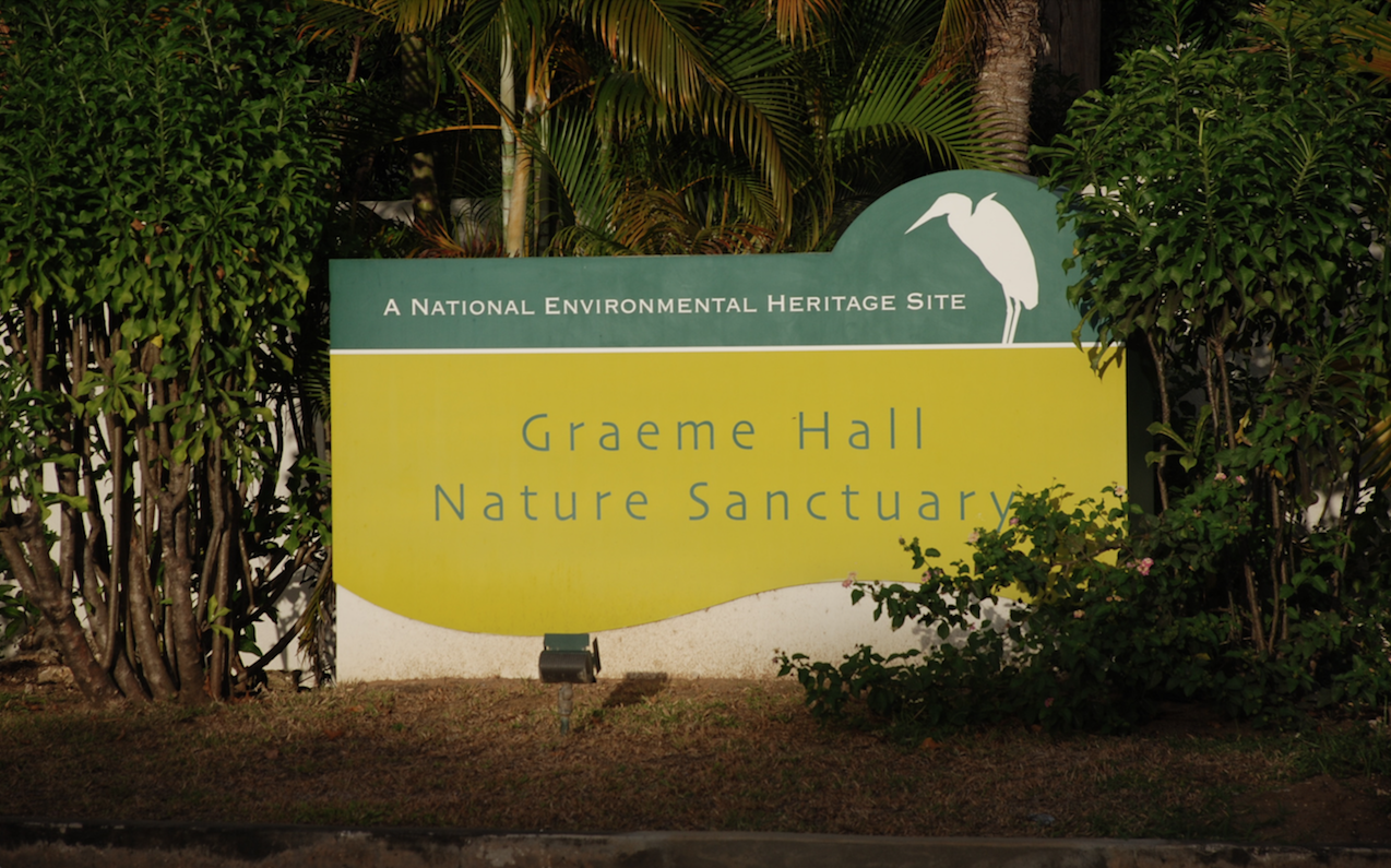Disclaimer: The views and opinions expressed by the author(s) do not represent the official position of Barbados TODAY.
By Nya Greenidge
At less than one per cent of the earth’s surface, and progressively dwindling due to a host of anthropogenic factors – coastal development, pollution and logging, to name a few – mangrove forests, also called mangrove wetlands or mangroves, are key players in mitigating the effects of climate change and they are critical in the preservation of biodiversity across the globe.
Mangroves store up to ten times more carbon per hectare than terrestrial forest and are a habitat for over 300 threatened species around the world. Yet, as the largest wetland remaining in Barbados, Graeme Hall Swamp is still not a protected area and there are serious environmental concerns regarding this ecosystem. Most of the wetlands that were common features along the south and west coasts were lost when they were filled in to make way for the development of the island after the arrival of the European settlers. Therefore, the significant value that this area holds for the wider environment as
well as the economy should be taken into consideration to ensure that it is protected at all costs.
The main threat to Graeme Hall Swamp in recent years was liquid waste. Failure of the sewage treatment plant that was situated in extremely close proximity to the wetland saw raw sewage entering the area on more than one occasion. A study produced for the private developers of the swamp released findings of highly elevated concentration levels of various bacteria, including faecal coliform and faecal streptococci.
The private developers, who owned a large portion of the wetland, had poured millions into the area in the mid-1990s and turned it into the Graeme Hall Nature Sanctuary. The sanctuary was opened to the public almost a decade later, where wildlife was monitored, students and researchers could study the area, and locals and tourists alike could enter and enjoy the flora and fauna. However, leakage of sewage started happening a few years after, and in 2009, the sanctuary had to close its doors, and has not re-opened since.
Increased development in the vicinity of the mangrove, which is a bustling hotspot for tourists, placed greater demands on the sewage treatment plant, and problems developed again in 2017. If development of the area continues, as provision was made for in the 2003 Barbados Physical Development Plan, it is just a matter of time before another failure takes place if measures to expand the capacity of the plant do not materialise. The most recent version of the plan (2017) is still in draft form, but the last failure may not have been in vain if legislators recognise the importance of protecting the area and the consequences of what could happen if it is not.
As catastrophic as they might sound, those two events were no match for the resilience of Mother Nature, as many of the bird and crab species are back in their numbers since then. However, according to one source, the fish species and microbiota are in a dire state, mainly due to low oxygen levels in the water. Runoff from nearby agricultural land has resulted in eutrophication – an increase in nutrients resulting in a decrease in oxygen – and has had a negative impact on water quality. On top of that, the sluice gate, a simple construction of a barrier between the sea and the wetland, has not been managed well for numerous years. The timely raising and lowering of the gate allows for the inflow of salt water into the mangrove, thus regulating the levels of fresh and salt water.
A mangrove is by definition an area of brackish water, with uniquely adapted trees and shrubs of the same name which grow there. Its salinity levels naturally range between 0.5 and 35 parts per thousand, depending on the tide. However, if the tide is not allowed to enter the wetland, as the sluice gate has not functioned correctly in at least a decade, it is no surprise that salinity is regularly less than one per cent. This doesn’t bode well for the red and white mangroves of the area. When the vegetation suffers, eventually the fauna will as well. Over 100 species of nesting and migratory birds have been recorded in the mangrove. Shorebirds, wading birds, Warblers, including the Barbados Yellow Warbler on which there exists very little scientific data, are customarily found in the area.
There is a need for areas of ecological significance to come under legislated protection, with ordained institutions responsible for their protection, certainly in all Small Island Developing States (SIDS) on a whole, but especially so for Graeme Hall Swamp given the challenges that surround it continuously. Currently, Barbados only has a couple of marine zones as designated protected areas. For many SIDS, the limited geographical area means that the terrestrial and the marine overlap coincide with each other in a circular causal relationship. Therefore, persons with the requisite expertise, several of whom are already on the island and willing to serve, must be on hand so that laws are not myopic or stifling, but take into consideration how the land affects the coast and vice versa.
The absence of legislation, inadequate planning and lack of collaboration are at the root of the issues currently affecting the area. The construction of a sewage treatment plant in such close vicinity to the swamp should have raised the eyebrows of the policymakers in the first place; predictions for the growth of the tourism sector, not to mention urban and residential growth of the area, clearly missed the mark; and successful management can only occur when the two owners of separate parcels of the area (Government owning the smaller part, and a private entity owning the larger, remaining portion) work together in the best interest of the environment, which automatically extends to the best interest of the people.
Barbados is a signatory to the Ramsar Convention, which is significant in recognising the importance of the mangrove wetland. Yet, the document holds no authority or power to prevent or intervene in crises, which can be avoided when the right systems and legislation are established. With over 16 Government Ministries making up the current administration, it should not be difficult to find one which holds the aegis for Graeme Hall Swamp. Undoubtedly, the area falls neatly within the portfolio of the Ministry of Environment and National Beautification. Key stakeholders would be the Ministry of Health and Wellness, the Ministry of Home Affairs and Information, the Ministry of Tourism and International Transport, the Ministry of Agriculture, and the Ministry of Transport, Works and Water Resources since it overarches the South Coast Sewage Treatment Plant.
In Barbados, environmental issues are still not regarded as the priorities they ought to be. The typical response to someone dumping garbage in your garden would be one of infuriation, retaliation, and possibly litigation. We respond in such a manner when someone wrongs us, yet national leaders, despite the cries of locals, seem to take their own wrongs all in a complacent stride. Accountability must be local as much as it is global.
Two of the key issues that emerged
from the Global Biodiversity Framework of the United Nations Biodiversity Conference (COP 15) are biodiversity loss and restoration of ecosystems. These issues are at the heart of Graeme Hall Swamp. The Graeme Hall Nature Sanctuary could most definitely be a site of excellence resulting from the partnership of the public, private and third sectors.
Contrary to popular belief, small doesn’t mean being incapable of getting things done, it means being the perfect size to get things done right.
Nya Greenidge is an educator and environmental advocate.




